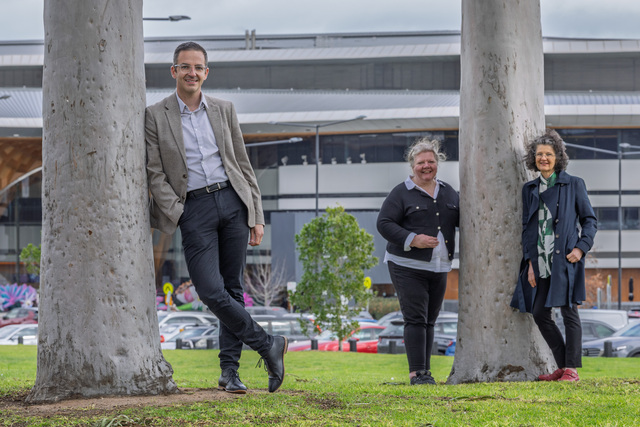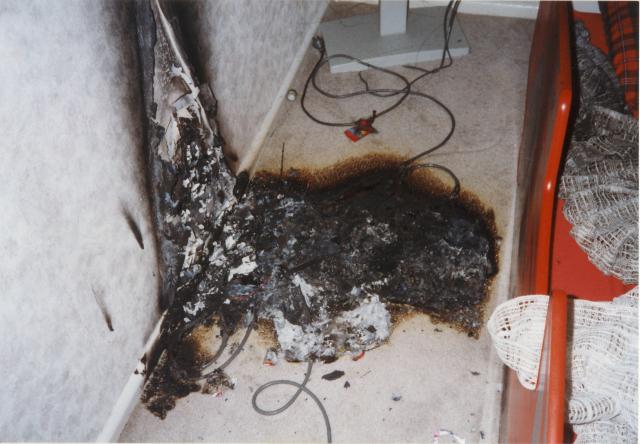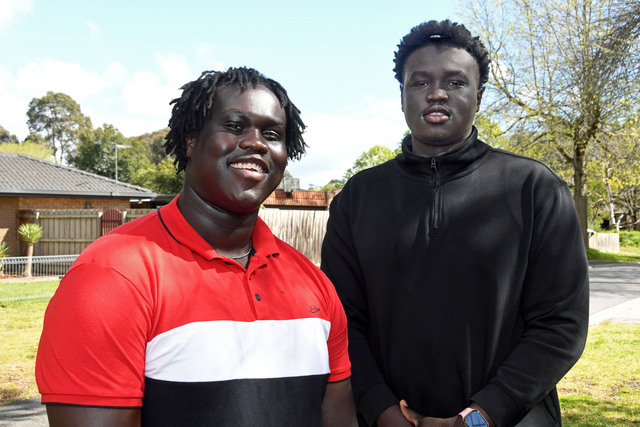The City of Casey has doubled its budget for improving the city’s tree canopy coverage to $3.1 million, with the council aiming to reach a 15 per cent canopy coverage by 2030.
The Greening Casey report detailed that as of 2018, only 16.5 per cent of Casey’s land area is covered by shrubs and trees, while only 11.3 per cent of land in the LGA is covered by tree canopy, which means vegetation over three metres.
This is considered to be relatively low compared to the average Melbourne LGA, which records 19.26 per cent tree canopy cover.
Casey’s Mayor, Stefan Koomen, said that the council “has a significant investment in trees in the budget, and it’s a real focus of the new councillor group to try and improve our tree canopy”.
“The planting process will begin immediately; we doubled our investment in tree planting to $3.1 million, so we’ll double the number of trees to increase our canopy.”
Koomen added that through the Greening Casey endeavour, there is a goal to curate a roadmap to achieve six key actions that include: protecting and restoring species habitat and improving connectivity, as well as setting targets and tracking progress.
The other four are scaling up greening in the private realm, collaborating across sectors and regions, building a toolkit of resources to underpin implementation, and funding the protection and enhancement of the urban forest.
Looking deeper, Greening Casey aims to achieve a 15 per cent tree canopy cover target throughout the whole of Casey by 2030.
This will, in turn, contribute to the 21 per cent regional tree canopy cover target by 2030 for the Southern Region of Melbourne as documented in the Environment Strategy 2021.
For Koomen, wanting a bigger abundance of trees is as simple as their beauty; he said that “it’s just nice to be out in green space”.
“If you’re at a playground or even looking at nature strips where we all live and come home to, it’s nice to have some green cover, these shaded areas.
“It’s good for families and it’s good for the environment too,” he said.
Looking at 2018 data from Greening Casey on the tree canopy coverage in the LGA, the only suburbs that fall under the 15 to 40 per cent range in coverage were Endeavour Hills, Lysterfield South, Harkaway, Berwick North, Junction Village, Cranbourne South, and Warneet.
Parts of Cranbourne North, Narre Warren North, Cranbourne East, Botanic Ridge, Lynbrook, Pearcedale and Doveton ranged from the six to 10 per cent coverage, with some spots hitting the 15 to 20 per cent coverage mark.
Clyde and Clyde North stand out the most, including Cranbourne West, Cannons Creek, Tooradin, patches of Narre Warren South, Narre Warren, Cranbourne North and Hampton Park, as well as Berwick South, which held a median coverage of one to five per cent, with some upping the threshold at six to 10 per cent coverage.
In terms of the planting process, Koomen said that the council is using a two-pronged approach, with larger trees that are already established to be handled by contractors and the council’s teams, but will also be combined through community engagement.
“We want to engage the community, the families, so we can learn about the importance and the need of tree canopies for the people,” he said.
“We have a tree planting day later this month [July] and we’re hoping to have a number of other initiatives over the next 12 months to get the community and community groups involved.”
In order to grow the city’s urban forest, the council will support the delivery of the Biodiversity Strategy Implementation Plan by planting indigenous and habitat tree and vegetation species in strategic, biodiverse locations.
Building on the canopy targets, there is a 20 per cent cover over roads goal by 2050, growing from an 11.8 per cent coverage in 2018.
By the same year, Casey aims to reach a 30 per cent coverage over shared walking and cycling paths, growing from 5.3 per cent in 2018.
Casey previously held a community survey and a series of workshops, reporting that an overwhelming message was that the people wanted more trees and shrubs planted in the municipality.
In summary, 95 per cent of respondents supported more trees being planted in Casey, with 78 per cent wanting a lot more trees, and 17 per cent wanting a few more trees.
“Trees play an important role environmentally, in terms of the heat effects; so it really does impact the quality of life, the surrounding environment and also the liveability,” Koomen said.
“Planting these trees, it’s good for residents, it’s good for homeowners, and it’s good for the environment.”
A strong figure of 95 per cent of respondents also wanted the council to invest in more street and park trees, with the community strongly supporting trees that are resilient to climate change.
The community responses felt that the environmental benefits of trees were the most important to them, such as reducing air pollution, providing habitat, storing and capturing carbon and reducing stormwater to keep the city’s rivers and creeks healthy.
“We’re going to look at ways that the community can easily identify spots that maybe could use more trees, whether that’s public areas or nature strips – we want the community to be part of the solution,” Koomen said.
He added that there are different forms of planning, such as regular trees that are more mature – ones that have grown over the last six to 12 months – being planted in areas where they can sustain against harsher weather.
There are also plans to mass-plant seedlings and saplings (which are cheaper), where, since they will be done in abundance, the community will have input on.







